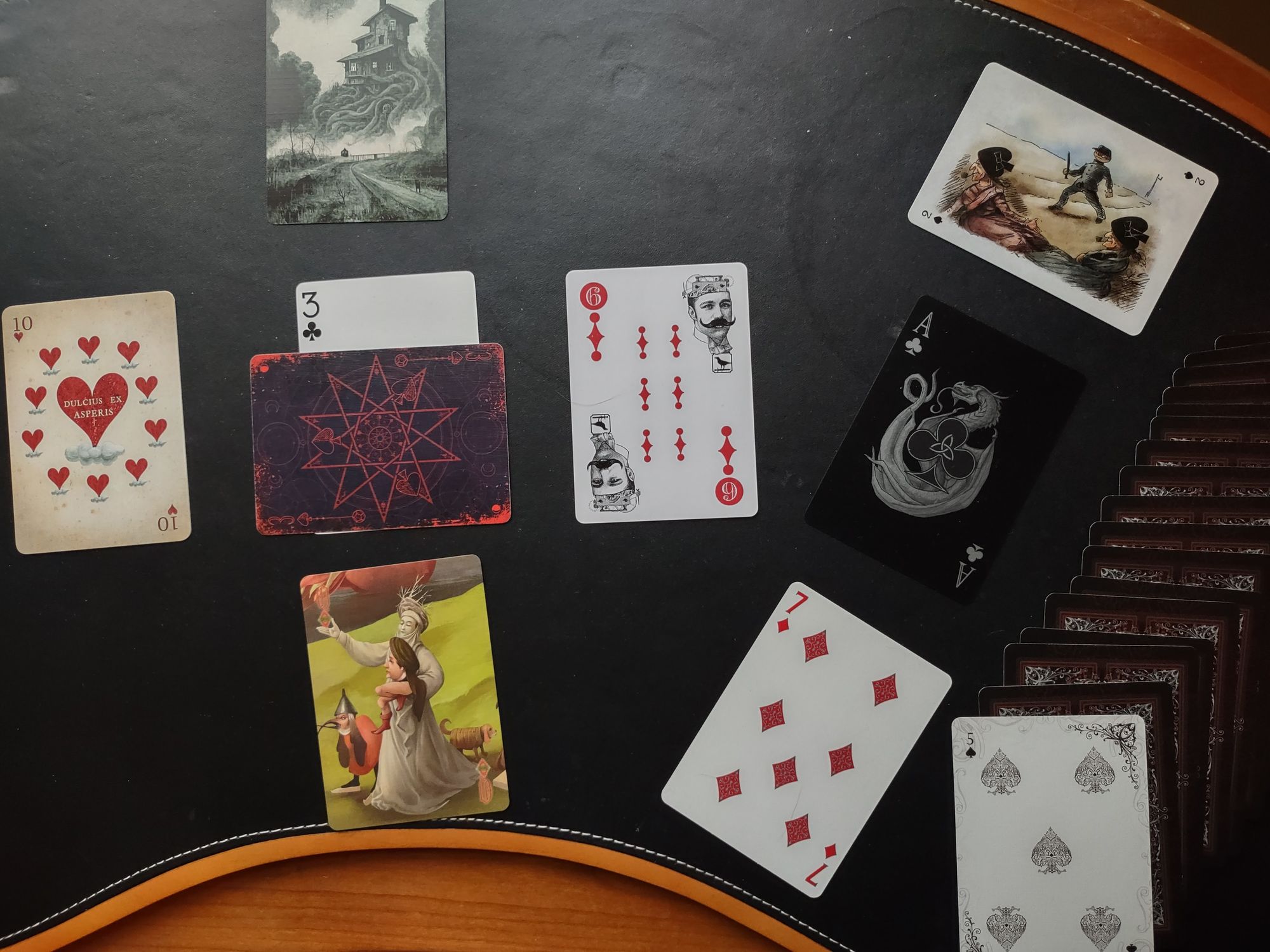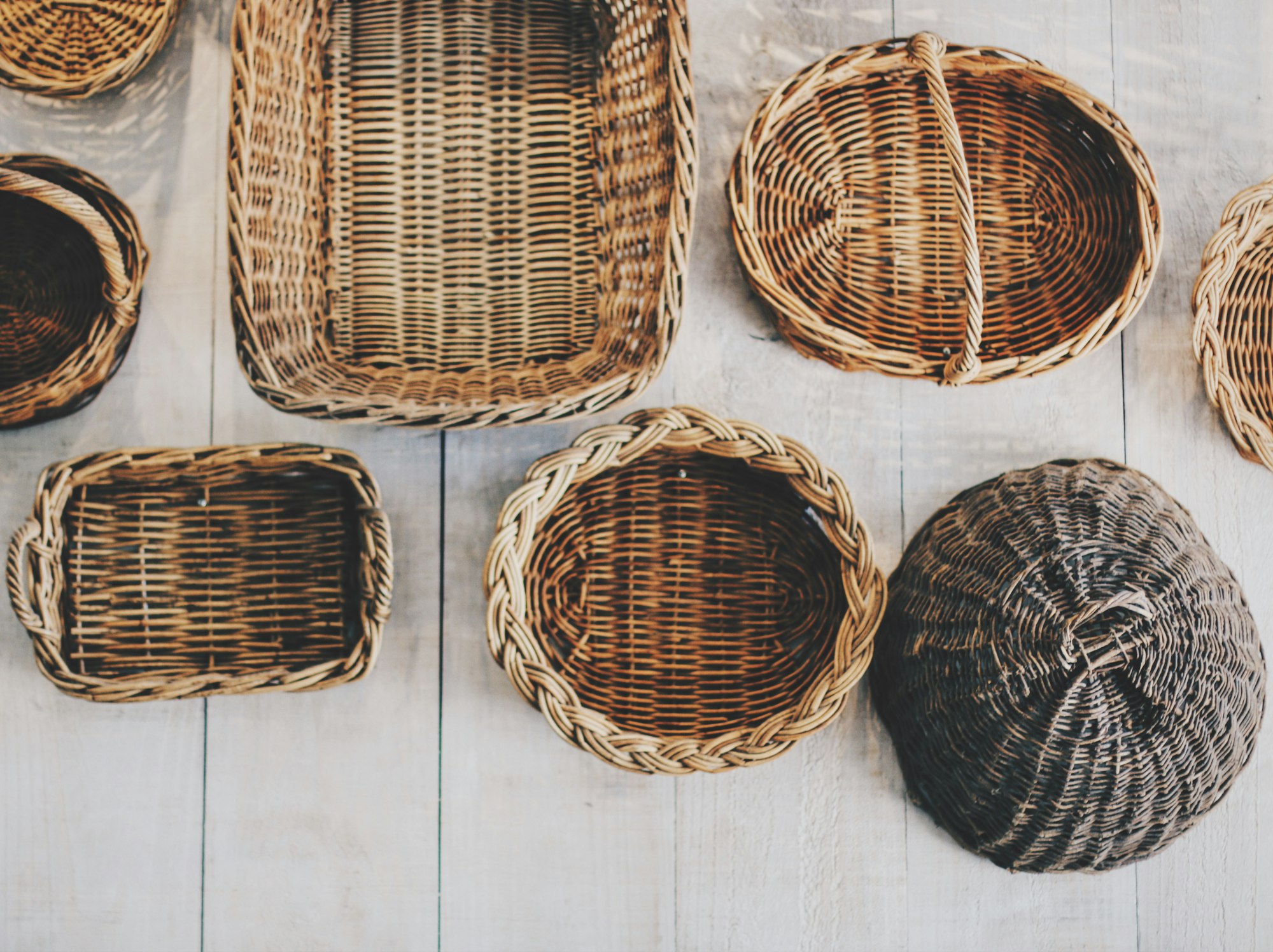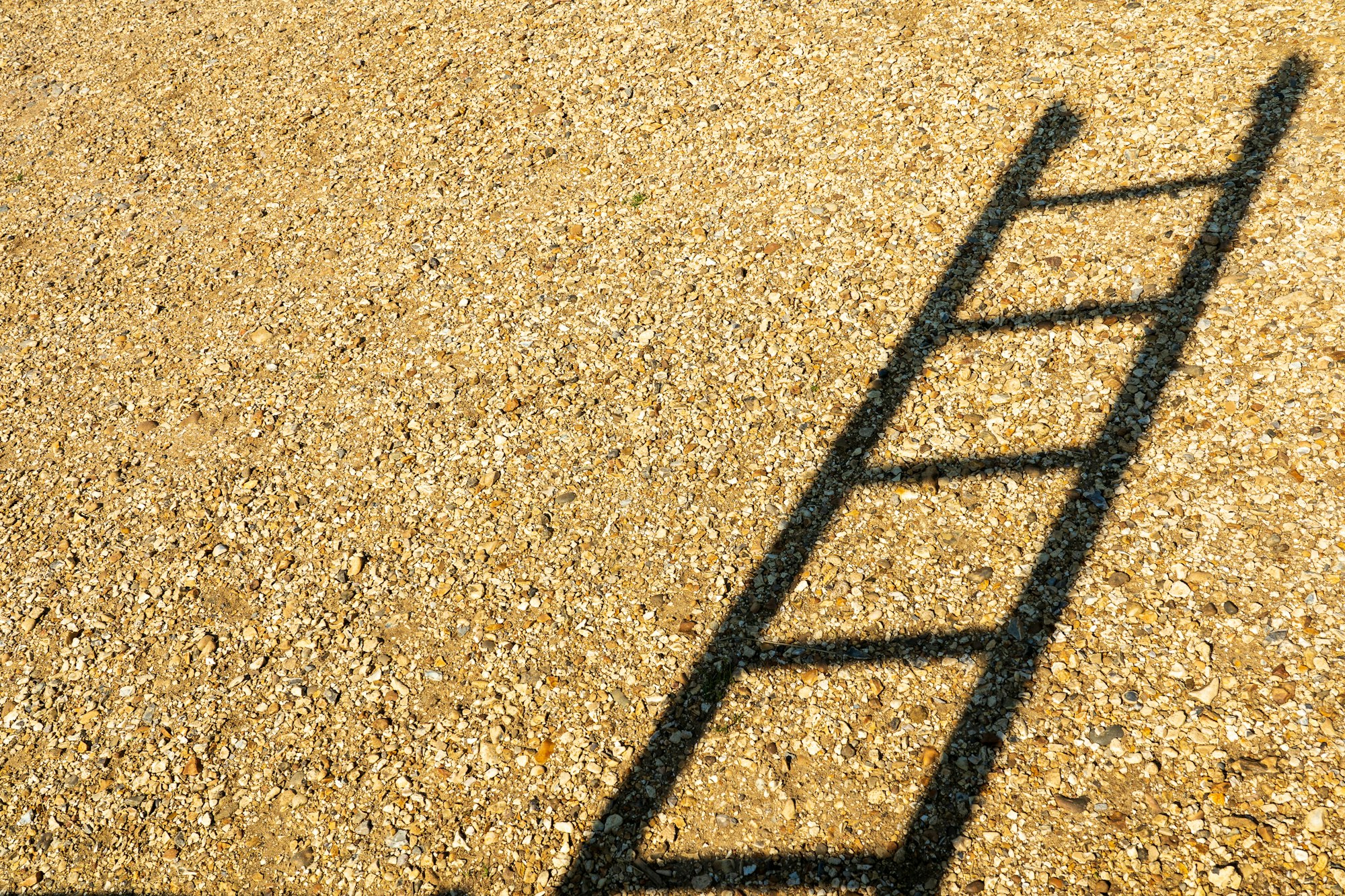X: Hoe
Let's just talk about sharks instead.
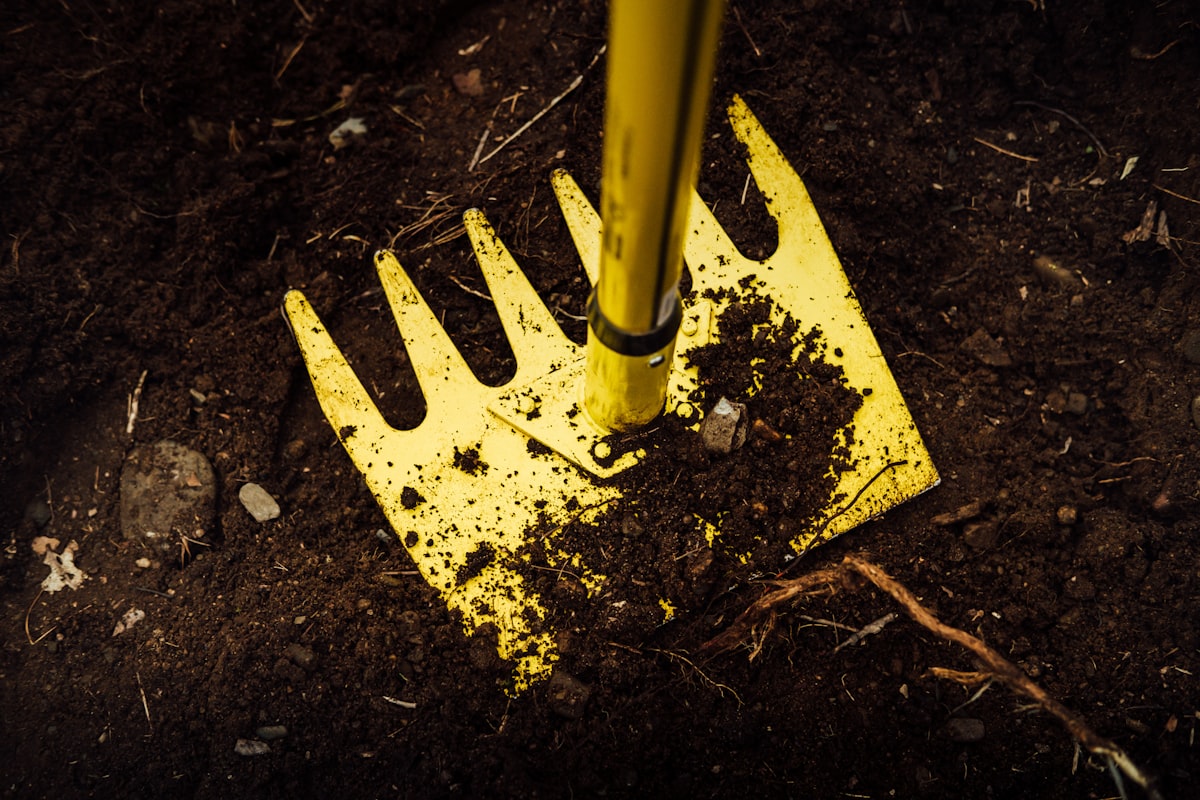
Good morning. Today is décadi, the 20th of Frimaire, Year CCXXXI. We celebrate le hoyau, a hand-held tool for breaking up soil.
Yes, it's a metal blade for breaking up ground. But it's also an old word for the spiny dogfish shark. Come on, you know which one will be more interesting to talk about...
Look how cute they are!
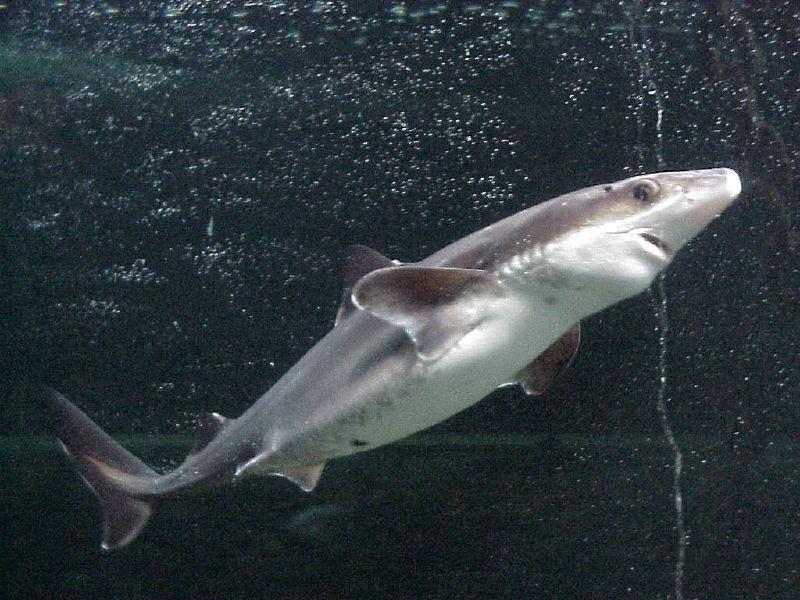
By far the most common species of shark, these bottom-dwellers have a mild venom in their spines that they use to hunt prey from below, thanks to their ability to arch their back.
It takes two years for a mother hoe to give birth to a baby hoe. Once the female has produced some pretty large yellow eggs inside and they are fertilized (happy weekend, shark sex fans), the zygotes are wrapped in something called either a "candle" or a "mermaid's purse" – depending on how awesome you want to sound when you're talking about this – and the baby hoe grows in there with the egg yolk attached to it like an IV bag. Once it's big enough, the baby hoe decides whether to slither out or chill in the uterus, a decision that may have something to do with environmental factors, similar to a kangaroo!
So that's the scientific definition of what a mother hoe does. But sailors never bothered much with science. (See: mermaid's purse.) So when you say "hoe-mother" you're actually talking about an entirely different species of shark. One that just happens to be the second-biggest fish in the sea.
You've probably heard of the biggest, the whale shark. The hoe-mother is similar, and is now more commonly known as a basking shark, a once-common but now endangered species of plankton-eating megamouth shark. Rather than being cute, the hoe-mother is kind of terrifying.
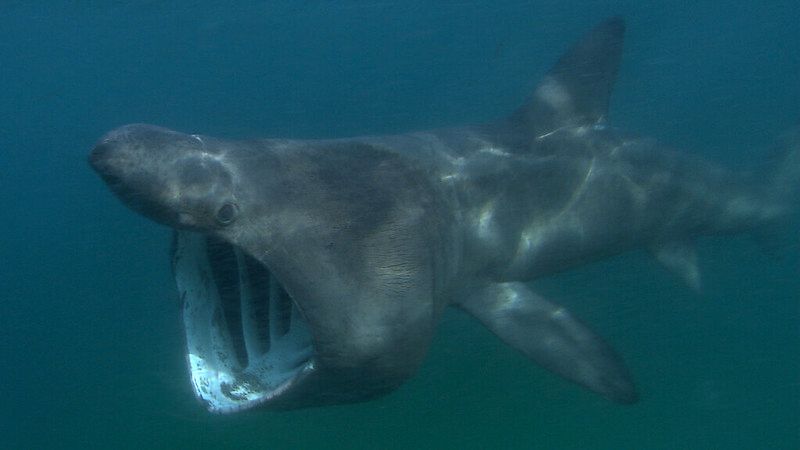
I assume the naming happened for the dogfish first, and they looked at those spiny little bottom-dwelling poison sharks and thought, "your mama's a hoe." But it could be the other way around, and they looked a hoe-mother and thought, "your kid's a son of a bitch."
Basking sharks move slowly and are very large, so they used to be an abundant source of cheap fish meat until they needed protection from extinction. (Canada was the worst, considering them pests and offering a bounty until 50 years ago when they went "whoops" and completely reversed course.)
They pretty much eat like a vacuum cleaner, similar to the whale shark, but they do have teeth in the mouth that they never apparently use. The current theory is that the teeth are in there because when they're little fetus sharks, they use them to eat the remaining unfertilized eggs for sustenance. (No convenient mermaid purse for these guys.)
These big ol' hoes fall apart when they die, and for a long time, their messy remains – charmingly dubbed "globsters" – were mistaken for living plesiosaurs or sea serpents or other beasties that would get a History Channel producer excited. I'd show what a globster looks like, but it's very disgusting, and ever since that ill-advised "yo mama" joke a few paragraphs ago, I've resolved to make this a family-friendly newsletter.
Anyway, these hoes can jump! Even though they breathe water, they are known to breach, likely in an attempt to get parasites dislodged, although it's possible they're just showing off, as they've only been observed doing it when in a rare social period for mating reasons. (Typically they hunt solo.) Here's a video of it happening that gets to the good stuff within just a few seconds.
You may also find hoe in a Korean restaurant, although this won't mean it's specifically dogfish shark or basking shark – it's just the Korean word for prepared raw fish, similar to sashimi.
In conclusion, sharks are cooler than tools that make your arms sore and that your dad made you use one time and you swore you'd never garden again because that thing was so heavy and stupid and it didn't do anything you couldn't have done with your bare hands.
Today's card: 5 of spades
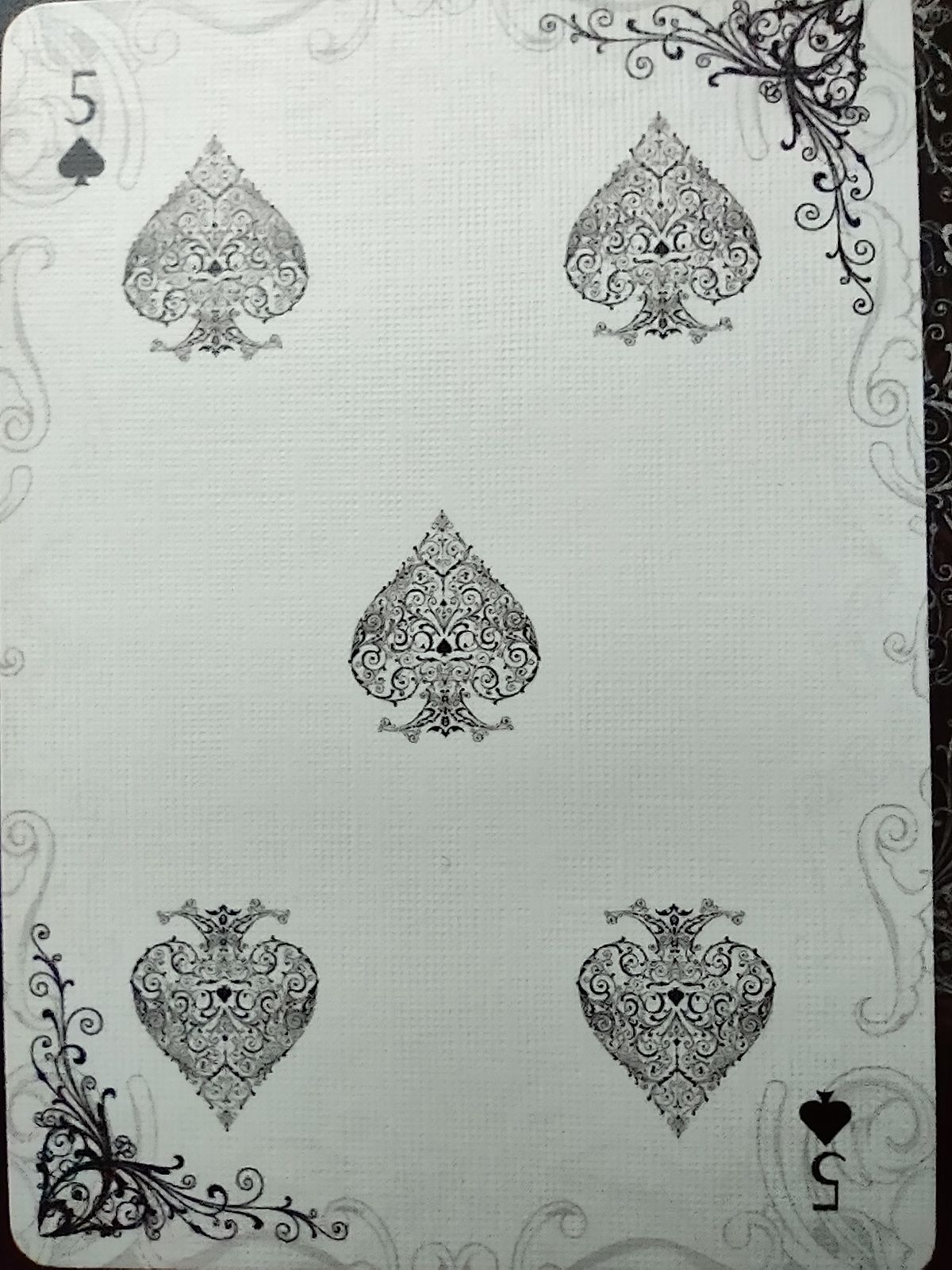
Click for a recap of the story so far...
Fred has been feeling uneasy of late (3♣) because his music career has been on hold (3♠) and he feels like he missed out on a lot of changes in the scene (vibe). This may because a recent passion project that just completed has diverted his attention (10♥), but he has new stuff that he thinks might be great (Q♦). He'll be able to make incremental progress on his own (6♦), but is there a better way? The cards suggest one big splashy gig (7♦) for an out-of-town bigwig (A♣), but warn to stick to the old songs to avoid unnecessary risk (2♠).
Look, we're all rooting for Fred. I'm rooting for Fred! And the advice has been brassy and bold. Leave the comfort of your old venues and connections and, after quite a bit of time off, chase a big concert in another city! I mean, sheesh. I was hoping for some happy card like a nine of diamonds, or at least a clear "uh oh, never mind" like a three of hearts.
Instead, we got the most life-like outcome possible: it will go fine. I have a tendency to interpret the five negatively, but I'm going to refrain this time. There's a lot to like about this card. It essentially promises that the outcome of this concert will be a return to regular gigs, consistent work. Will it change Fred's life? No, but it will restart his musical career the way he hoped, and what else could we ask for?
Two things to note about the design. First, thank goodness the center spade is pointing upwards, indicating the most positive interpretation possible with no "gotcha" caveat. Second, I like how the little spades are embedded in a cloud of spade on this deck's pips, and I think that's a fitting way to see this otherwise kind of "blah" card. The whole idea here is to return Fred's inner creativity to outer performance, and that's exactly what a spade inside another spade is saying. After all, artistic happiness isn't always about the highs (and lows), but about the opportunity to share one's art day after day. In that sense, a five of spades is a perfectly happy ending. Especially compared to the "natural" outcome of a six of diamonds, which promises dribs and drabs from the usual tip buckets but no steady opportunity to share work widely.
Thanks for coming along on Fred's journey. Let's get ready for a fresh tableau tomorrow!
